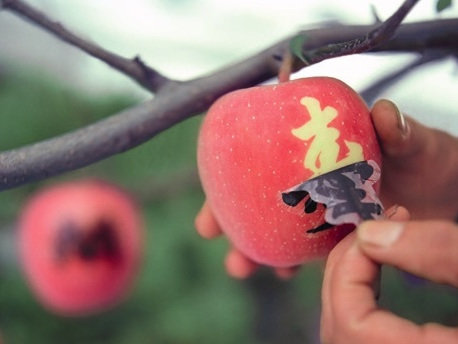
Subscribe our newsletter to get the ipoma Issue 03 in November 2024!
With our free newsletter, you won't miss any news about Interpoma and you will get the new edition of the ipoma Issue 03 Magazine.

How Japan raised the apple to a higher status in its tradition
* by Christian Heinrich, p.54, edited by exlibris, ©FieraBolzano ITA 2022
It always needs a rhythm – and if a melody is added in, it can turn into art. The rhythm of apple growing is set by nature, the seasons, and the weather; that’s no different in Italy than in northern Germany, Japan, or America. But in Japan, apple growers add their own melody to this rhythm. And the instruments that create the melody are craftsmanship and love.
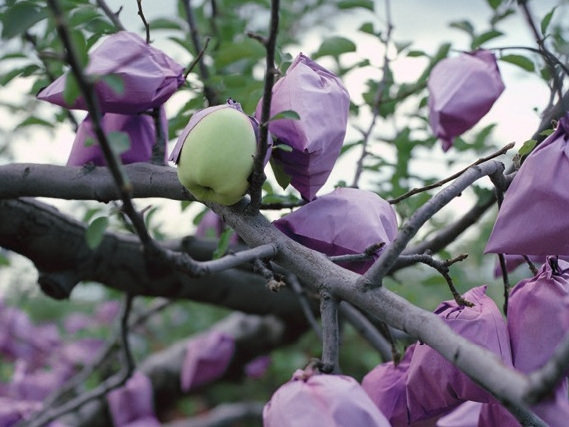
Photo Credits by Jane Alden Stevens ©2010
(from here to bottom of page)
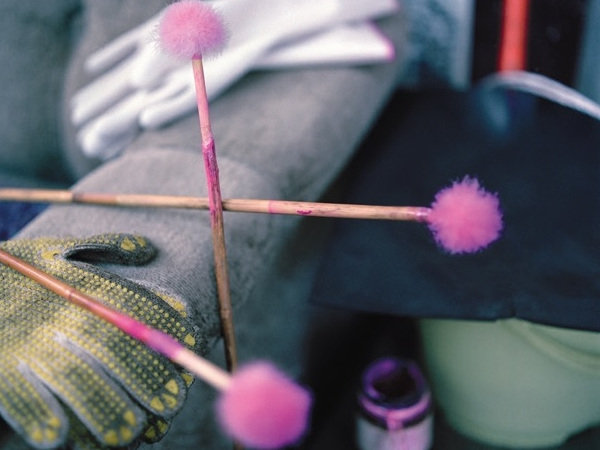
are often also bought and sold as individual specimens in Japan. Weighing in at around 300 grams on average, they are usually larger than European apples and will ideally have a deep, uniform color. So rather than being munched on as a snack between meals or as part of a cafeteria lunch, apples tend to be eaten on special occasions and at home.
And that’s why growers give each individual apple the kid glove treatment in their attempts to get the very best out of their crop. Before the apples are bagged, the fruits are thinned out on the tree. Selectively removing apples from clusters of several fruits is emblematic of the fact that in Japan, tradition and care are valued over mass production and high yields.
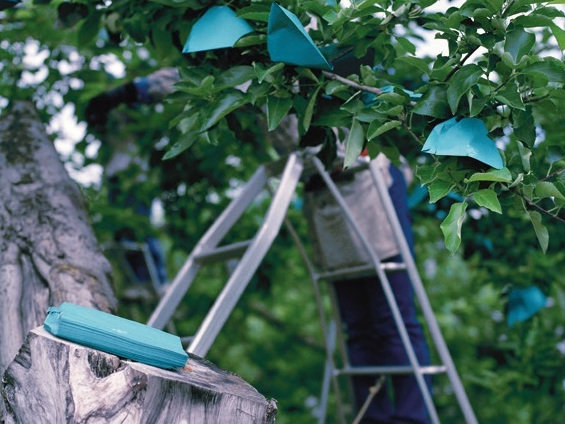
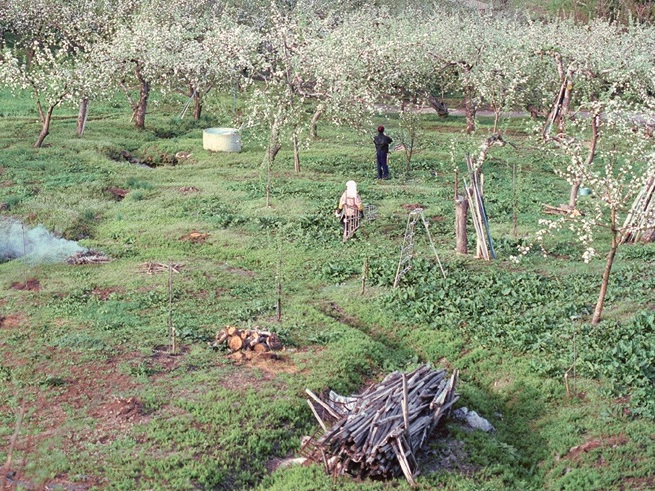
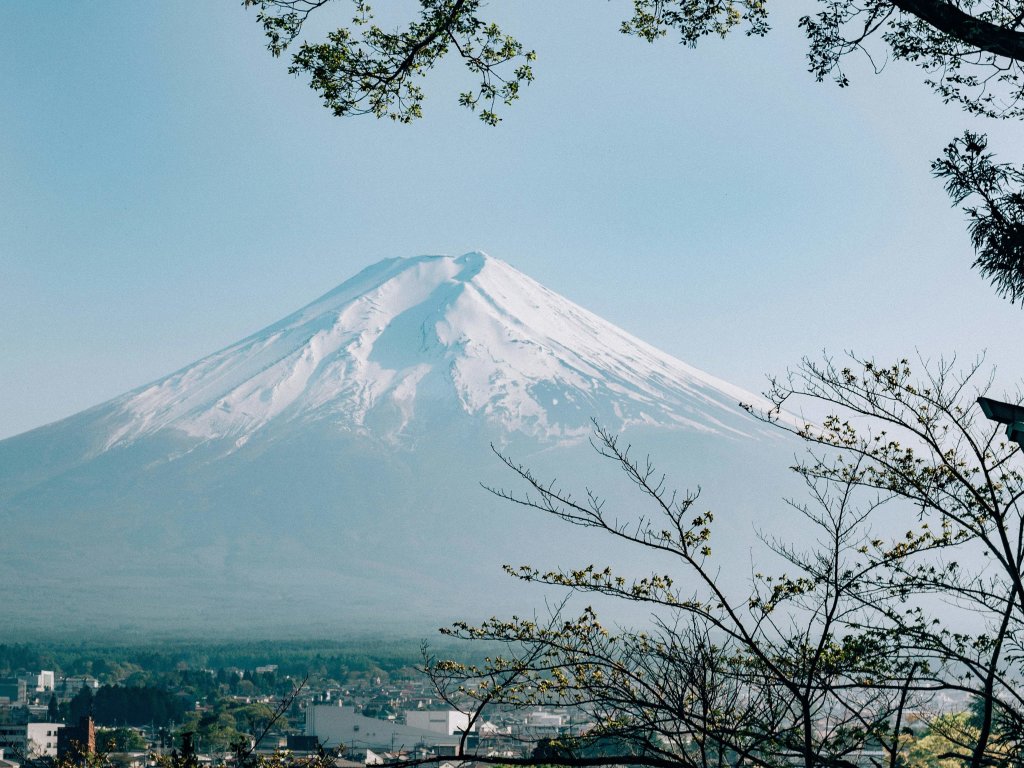
This variety was first introduced in 1939, but several events intervened before the Fuji became a firm favorite the world over:
in apple growing in Japan, and by 1962, Fuji apples – named not only for the famous mountain but also for the city of Fujisaki, where the variety was developed at an apple cultivation research station – had become a worldwide hit.
